What Is Vestibular Disease in Cats?
Vestibular disease in cats is a condition that affects the inner ear and brain, causing balance issues and disorientation. This disorder can make your cat appear unsteady, dizzy, or even fall over. It often comes on suddenly, which can be alarming for pet owners. It’s important to note that while some cases of vestibular disease in cats are mild and resolve on their own, others may require medical attention. If you’re wondering, “can vestibular disease kill a cat?” the answer depends on the underlying cause and how quickly the condition is treated.
The vestibular system is responsible for maintaining balance and spatial orientation. When this system is disrupted, your cat may experience symptoms like head tilting, loss of coordination, and difficulty walking. These signs can resemble those of a stroke, but they are usually not as severe.
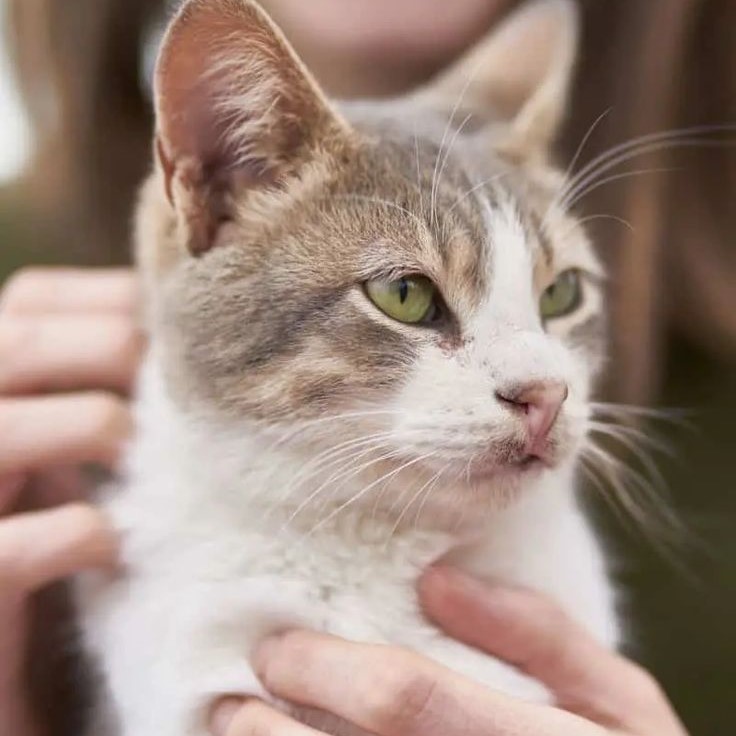
There are two main types of vestibular disease in cats: peripheral and central. Peripheral vestibular disease involves the inner ear, while central vestibular disease affects the brainstem or cerebellum. The causes of these conditions can vary, from infections to tumors or age-related changes.
Can Vestibular Disease Kill a Cat?
Many cat owners worry about whether vestibular disease can be life-threatening. In most cases, the answer is no—veterinarians typically consider this condition to be non-fatal. However, the severity of the disease and the presence of other health issues can affect the outcome.
Sudden onset vestibular disease in cats is often referred to as “old cat syndrome” because it commonly affects older pets. While it can be distressing to watch your cat struggle with balance, most cats recover fully within a few weeks. During this time, they may need extra support and care to stay safe and comfortable.
However, there are exceptions. If the vestibular disease is caused by something serious, such as a brain tumor or an infection that isn’t treated, it could lead to more severe complications. In rare cases, these complications might be life-threatening. That’s why it’s crucial to seek veterinary advice if your cat shows any unusual symptoms.
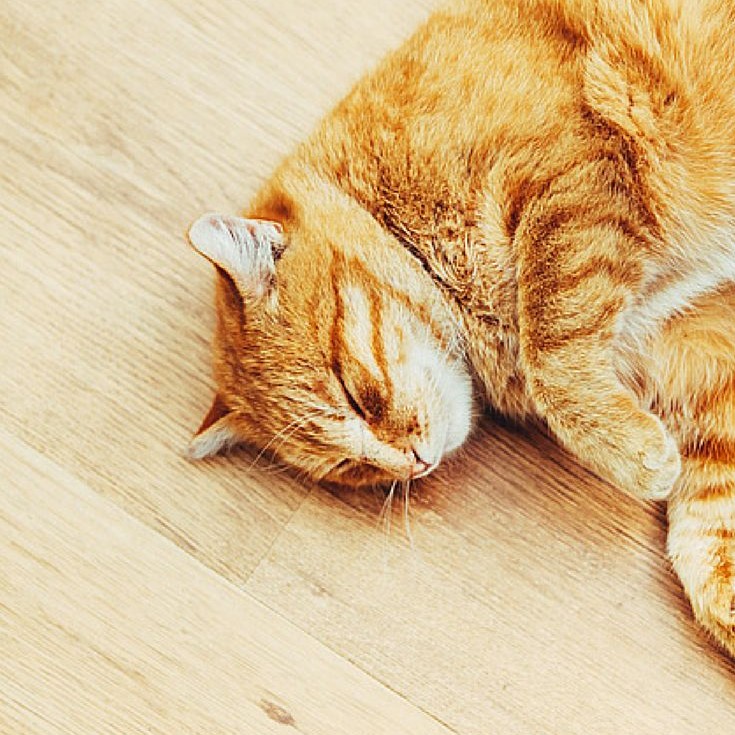
In summary, can vestibular disease kill a cat? While vestibular disease in cats is rarely fatal, it’s always better to err on the side of caution. Early diagnosis and proper treatment can help ensure the best possible outcome for your furry friend.
Common Symptoms of Vestibular Disease in Cats
Recognizing the symptoms of vestibular disease in cats is essential for early detection and treatment. Some of the most common signs include:
- Head tilt: Your cat may hold its head at an angle, which is one of the most noticeable symptoms.
- Loss of balance: You might notice your cat stumbling, falling, or having trouble walking.
- Nausea and vomiting: Many cats with vestibular disease feel sick and may vomit frequently.
- Eye movement abnormalities: Rapid, involuntary eye movements (nystagmus) are often seen in affected cats.
- Lethargy: Your cat may become less active, sleep more, or show a lack of interest in food.
These symptoms can come on suddenly, which is why it’s so important to monitor your cat closely. If you see any of these signs, don’t wait too long before consulting a veterinarian.
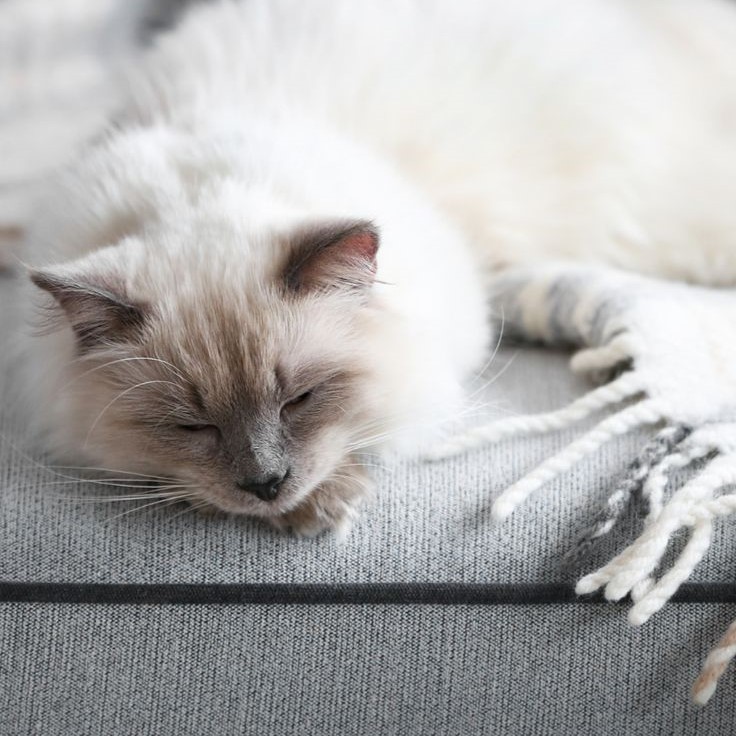
Keep in mind that these symptoms can also indicate other health issues, such as ear infections or neurological disorders. Therefore, a proper diagnosis is necessary to determine the exact cause and appropriate treatment plan.
Causes of Vestibular Disease in Cats
Understanding the causes of vestibular disease in cats can help you better manage the condition and prevent future episodes. The most common causes include:
- Ear infections: Middle or inner ear infections are a frequent trigger for vestibular disease in cats.
- Age-related changes: As cats grow older, their vestibular system may become more sensitive, leading to sudden balance issues.
- Tumors: In some cases, tumors in the inner ear or brain can disrupt the vestibular system.
- Trauma: Injuries to the head or neck can also lead to vestibular problems.
- Neurological conditions: Certain neurological disorders, such as strokes or brain inflammation, may contribute to the development of vestibular disease.
While some causes are easier to treat than others, the good news is that many cases of vestibular disease in cats are temporary and improve with time and supportive care.
If your cat has been diagnosed with this condition, your vet may recommend tests like blood work, imaging, or a neurological exam to identify the underlying cause. This information will guide the next steps in managing your cat’s health.
Treatment Options for Vestibular Disease in Cats
Treatment for vestibular disease in cats varies depending on the cause and severity of the condition. In many cases, the focus is on providing supportive care and helping your cat feel more comfortable during recovery.
For mild cases, rest and a quiet environment are often sufficient. Your cat may need to stay indoors to avoid falls and injuries. Providing soft bedding and easy access to food and water can also help.
In more severe cases, your vet may prescribe medications to reduce nausea and dizziness. Anti-nausea drugs like meclizine or antihistamines are commonly used. In some instances, antibiotics may be needed if an ear infection is the cause.
It’s important to follow your vet’s recommendations closely. They may also suggest regular check-ups to monitor your cat’s progress and adjust the treatment plan as needed.
Remember, while vestibular disease in cats is usually not life-threatening, prompt treatment can significantly improve your cat’s quality of life and speed up the recovery process.
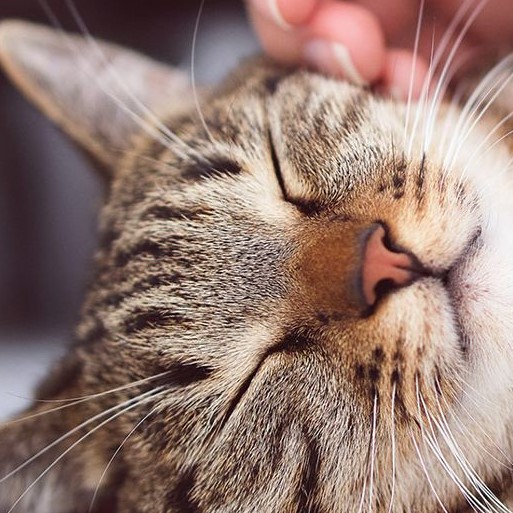
When to Seek Veterinary Help
If your cat is showing symptoms of vestibular disease, it’s important to act quickly. While many cases are mild and self-limiting, some may require immediate medical attention.
You should contact a veterinarian if your cat exhibits any of the following:
- Severe head tilt or inability to stand
- Persistent vomiting or refusal to eat
- Changes in behavior, such as aggression or extreme lethargy
- Signs of pain or discomfort
- Difficulty breathing or seizures
Even if your cat seems to be improving, it’s still a good idea to have them checked by a professional. A vet can rule out more serious conditions and ensure that your cat receives the right care.
Early intervention is key to preventing complications and ensuring a smooth recovery. Don’t hesitate to reach out to your vet if you’re concerned about your cat’s health.
Prevention and Long-Term Care for Cats with Vestibular Disease
Although it’s not always possible to prevent vestibular disease in cats, there are steps you can take to reduce the risk and support your cat’s overall health. Regular veterinary check-ups are essential, especially for older cats who are more prone to this condition.
Maintaining good ear hygiene can also help prevent infections that may lead to vestibular issues. Clean your cat’s ears gently and watch for signs of redness, odor, or discharge.
A balanced diet and regular exercise can strengthen your cat’s immune system and promote overall well-being. Keeping your cat at a healthy weight can also reduce the risk of certain health problems, including those that may affect the vestibular system.
If your cat has already experienced vestibular disease, it’s important to provide ongoing care and monitoring. Some cats may have recurring episodes, so being attentive to any new symptoms is crucial.
With proper care and attention, most cats with vestibular disease can live happy, healthy lives. Always consult your vet for personalized advice and support.
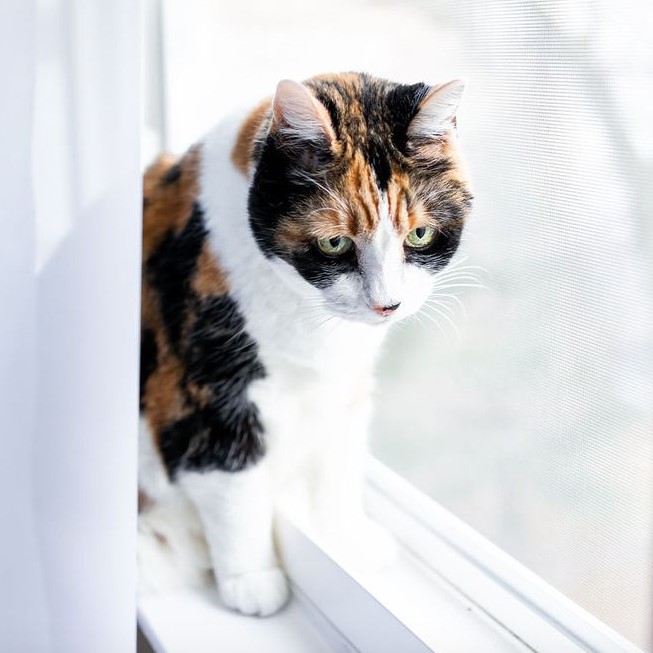
Conclusion: Can Vestibular Disease Kill a Cat?
In conclusion, can vestibular disease kill a cat? The answer is generally no. Most cases of vestibular disease in cats are not life-threatening and can be managed with proper care and treatment. However, it’s important to recognize the symptoms early and seek veterinary help when needed.
This condition can be distressing for both cats and their owners, but with the right support, many cats recover fully and return to their normal routines. Whether your cat experiences a sudden episode or has a chronic form of the disease, understanding the risks and taking proactive steps can make a big difference.
If you’re ever unsure about your cat’s health or worried about whether vestibular disease can kill a cat, don’t hesitate to reach out to a qualified veterinarian. They can provide guidance, diagnose the issue, and recommend the best course of action.
By staying informed and attentive, you can help ensure your cat stays safe, comfortable, and healthy for years to come. Remember, while vestibular disease in cats is not typically fatal, it’s always better to be prepared and proactive when it comes to your pet’s well-being.









